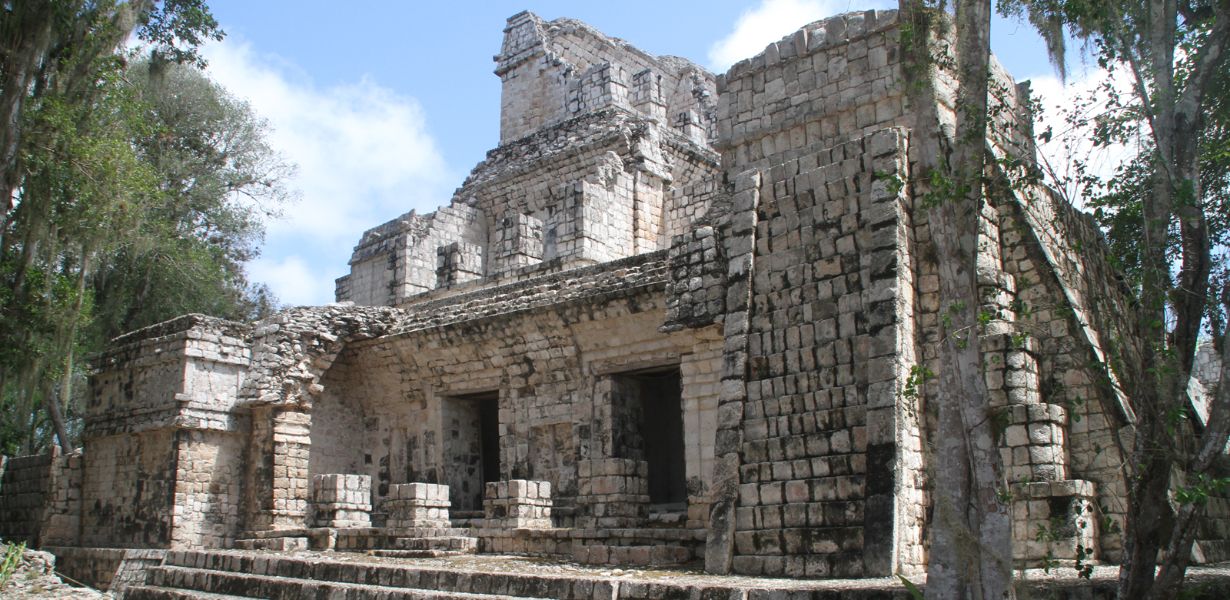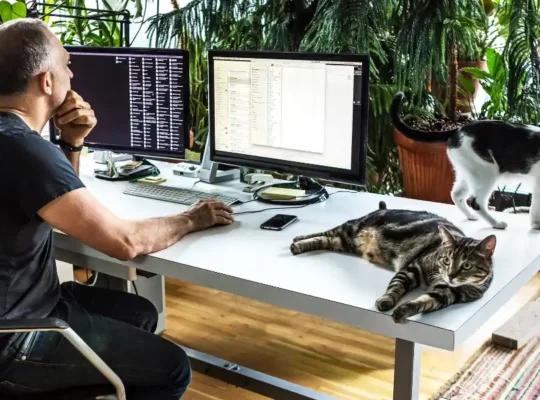In the depths of history lie untold stories etched in the stones of ancient sites. Unraveling these mysteries demands a blend of modern technology and historical expertise. Enter the realm of AI-enhanced reconnaissance, where Artificial Intelligence acts as a virtual archaeologist, mapping and decoding ancient sites with unprecedented precision.
The Power of AI in Historical Mapping
Artificial Intelligence transcends traditional archaeological methods, offering an efficient and accurate means of mapping ancient sites. By processing vast datasets at incredible speeds, AI identifies patterns and anomalies, providing a deeper understanding of historical landscapes.
In a study published in the Journal of Archaeological Science, AI algorithms successfully reconstructed the layout of an ancient city, showcasing the technology's potential in historical mapping. This breakthrough demonstrates the role AI plays in augmenting human capabilities in the field of archaeology.
Navigating the Challenges of Preservation
Preserving ancient sites is a delicate balance between exploration and conservation. AI not only aids in mapping but also helps address preservation challenges. Through predictive modeling, AI assesses environmental factors, enabling experts to implement proactive conservation strategies.
Experts from UNESCO highlight the significance of AI in safeguarding cultural heritage. The integration of AI tools allows for real-time monitoring and timely interventions, ensuring the longevity of ancient structures.
Unveiling Lost Civilizations
The vastness of ancient landscapes often conceals hidden civilizations. AI's ability to analyze satellite imagery and LiDAR data has led to the discovery of previously unknown archaeological sites. The lost city of Mahendraparvata in Cambodia is a testament to AI's role in uncovering forgotten civilizations.
Researchers at the University of Sydney utilized AI algorithms to sift through remote sensing data, revealing the hidden city beneath dense vegetation. This discovery showcases the transformative impact of AI in archaeological exploration.
Analyzing Artifacts with Precision
Beyond mapping landscapes, AI contributes to the detailed analysis of artifacts. Machine learning algorithms can identify and categorize ancient objects with remarkable accuracy. This accelerates the cataloging process, allowing historians to focus on interpreting historical contexts.
The British Museum, in collaboration with tech experts, implemented AI to streamline artifact categorization. This not only expedites the research process but also facilitates a more comprehensive understanding of ancient cultures.
Ethical Considerations in AI-Enhanced Reconnaissance
While AI offers unprecedented advantages, ethical considerations loom large. Striking a balance between technological advancements and cultural sensitivity is crucial. Incorporating diverse perspectives ensures that AI applications in archaeology respect the heritage and traditions of studied civilizations.
Leading archaeological institutions emphasize the importance of ethical guidelines in AI implementation. Collaboration between technologists and cultural experts is pivotal to navigate the nuanced landscape of historical exploration responsibly.
Future Frontiers: AI and Virtual Reconstruction
The trajectory of AI in historical mapping extends beyond the physical realm. Virtual reconstruction, powered by AI algorithms, allows researchers to digitally recreate ancient sites. This immersive experience provides a unique perspective, fostering a deeper connection with the past.
The Institute of Digital Archaeology has pioneered projects utilizing AI for virtual reconstruction. Their initiatives bring ancient structures to life, offering a glimpse into bygone eras with unparalleled realism.
The Role of AI-Enhanced Reconnaissance in Education
AI's impact on historical exploration extends to education. Integrating AI-enhanced reconstructions into educational modules creates engaging learning experiences. Students can virtually explore ancient sites, enhancing their understanding of history in a dynamic and interactive manner.
Educational institutions worldwide are adopting AI-driven historical modules to enrich their curricula. This innovative approach not only captivates students but also fosters a passion for history through immersive learning.
Bridging Disciplines: Collaborative Approaches in AI Archaeology
The synergy between archaeologists, historians, and technologists is paramount in maximizing the potential of AI-enhanced reconnaissance. Collaborative efforts bring together diverse expertise, ensuring a holistic approach to uncovering ancient secrets.
The Archaeological Computing Research Group emphasizes interdisciplinary collaboration. By merging the strengths of different fields, researchers can harness the full power of AI to explore, map, and interpret ancient sites.
AI and Climate Change: Protecting Ancient Heritage
Climate change poses a significant threat to ancient sites worldwide. AI's predictive capabilities play a crucial role in assessing and mitigating these risks. By analyzing climate data, AI aids in developing strategies to safeguard vulnerable archaeological treasures.
The World Monuments Fund acknowledges the impact of climate change on cultural heritage. Collaborative initiatives utilizing AI empower conservationists to proactively address environmental challenges and ensure the preservation of ancient sites for future generations.
Final Words
In the symphony of history, AI-enhanced reconnaissance emerges as a transformative conductor, orchestrating a harmonious blend of technology and tradition. The journey into the past becomes not just a discovery but a celebration of human ingenuity and the unyielding spirit of exploration.
Commonly Asked Questions
Q1: How does AI contribute to preserving ancient sites?
AI aids in preservation by analyzing environmental factors, enabling proactive conservation strategies. Its real-time monitoring capabilities ensure timely interventions to safeguard cultural heritage.
Q2: Can AI algorithms identify and categorize artifacts accurately?
Yes, AI algorithms can categorize artifacts with remarkable accuracy. This accelerates the cataloging process, allowing historians to focus on interpreting historical contexts.
Q3: What ethical considerations surround AI in archaeology?
Ethical considerations include cultural sensitivity and respecting the heritage and traditions of studied civilizations. Collaboration between technologists and cultural experts is crucial for responsible AI implementation.
Q4: How does AI impact education in the field of archaeology?
AI enhances education by offering virtual reconstructions of ancient sites. This immersive experience engages students and fosters a deeper understanding of history through interactive learning.
Q5: What role does interdisciplinary collaboration play in AI archaeology?
Interdisciplinary collaboration between archaeologists, historians, and technologists ensures a holistic approach to uncovering ancient secrets. This synergy maximizes the potential of AI-enhanced reconnaissance.












